Before

After

Shawn and Sukru Senveli learned about their rights as buyers the expensive way: through their pocketbook. They purchased their two-story, 1940s cape-style house in August of 2020, about six months into the first Covid-19 surge. Shawn said the house had “an incredible view of a lake. It was livable, but the roof appeared to be bad. The windows got foggy sometimes, so you couldn’t see the lake. The wood siding was rotten in places.” The Senvelis overlooked some of the visible problems because they thought they were getting a good price. Shawn did not want to upset the sale with requests to the seller. She lived in lots of old homes, but never bought one. And she never witnessed a home inspection until she and Sukru purchased the Westborough home. They didn’t know how to ensure that the home inspector caught all problems or take photographs of locations in the house that appeared in need of repair.
As they got familiar with their home’s problems, they realized that the real estate agent missed all sorts of problems, even though he had done plenty of walk throughs. She said the home advertisement reported the roof was new when it was a year old. Also, the seller did not reveal it was a go over roof, meaning the old roofing materials were not removed when new material was installed. Realtors reviewing the facts of this case can’t believe that the real estate agent missed the more obvious problems and did not advise the Senvelis of their rights to negotiate for a reduced sales price. And because the home inspector did not go up on a ladder to inspect the roof, he missed the problem with the go over roof. Note that many home inspectors customarily do not inspect roofs. According to John Prunier, Northeast Home & Energy Chief Financial and Operating Officer, go over roofs must have no more thantwo layers by MA building code regulations. Roofing contractors consider them acceptable but not desirable. The problem with go over roofs is that the old shingles often push up the new shingles, allowing water to seep underneath. Voila! Water leaks through the roof, which causes all sorts of costly damage. It wasn’t until they had lived in the house for about four months -- just as winter was setting in – that the roof started to leak. Shawn said it took a year of living in the house before they discovered that the seller had painted over water stains which masked leaks. Leaks can allow deadly black mold to grow. She said that mold inspectors will be checking for evidence of black mold very soon. The cost of the inspection is at least $200. (See the box with the tally of home repair and inspection costs that the seller should have paid not the Senvelis.)
“We didn’t see the leaks because the water was going through the wall and wasn’t visible until the wall was opened up last summer when we decided to check for leaks,” she explained. The sellers – an elderly couple who had occupied the house for 40 years – either missed or did not disclose that mice were entering the kitchen through a mouse hole in a kitchen cabinet that was accessible through cracks in the old, wooden siding. They didn’t appear to notice that squirrels were nesting in the crawl space. Both rodents pose health and fire hazards because they chew on electrical wiring. Their droppings are full of bacteria. The Senvelis didn’t detect the mice until they found their droppings on their kitchen floor. How were the mice getting through the hole in the kitchen? It’s well known that field mice can squeeze through all sorts of cracks. But these mice didn’t have to do that. Shawn said they were entering through cracks in the wall under cracking vinyl siding. Squirrels, chipmunks and even racoons will live in an attic or in between walls. The way to detect them scurrying sounds. And if there are families of these cute critters in wall space or attics, the sounds they make are not subtle. When the Senveli's discovered the mice and squirrels enjoying their home the hired an exterminator to get rid of them. According to Shawn, the cost was $2,000 to get rid of the animals and an ongoing fee of $80 a month – $960 a year – to keep them out of the home where they present health and fire dangers. She estimated the current cost of dealing with the critters to be $4,000.
Before
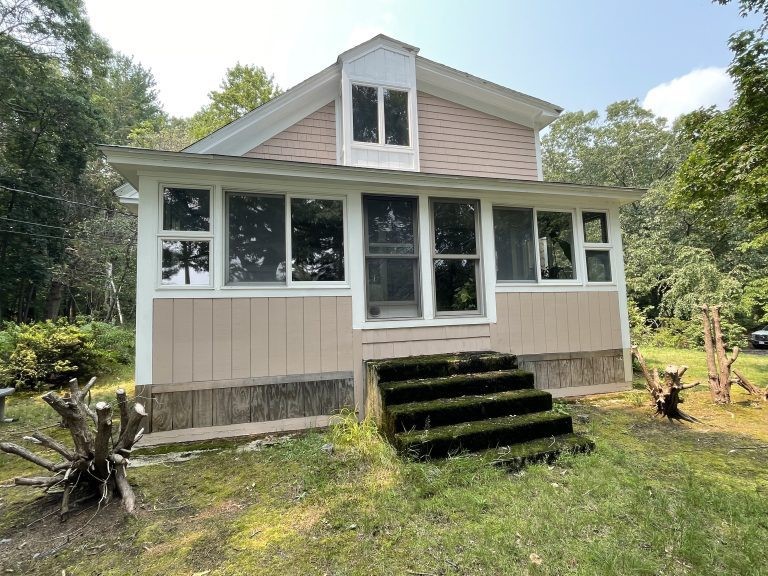
After
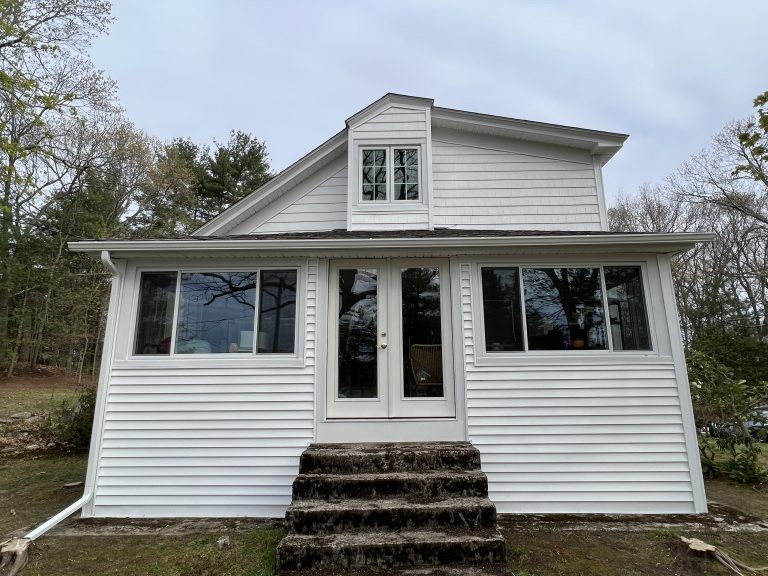
Tags
Subscribe to Northeast Home & Energy's Blog




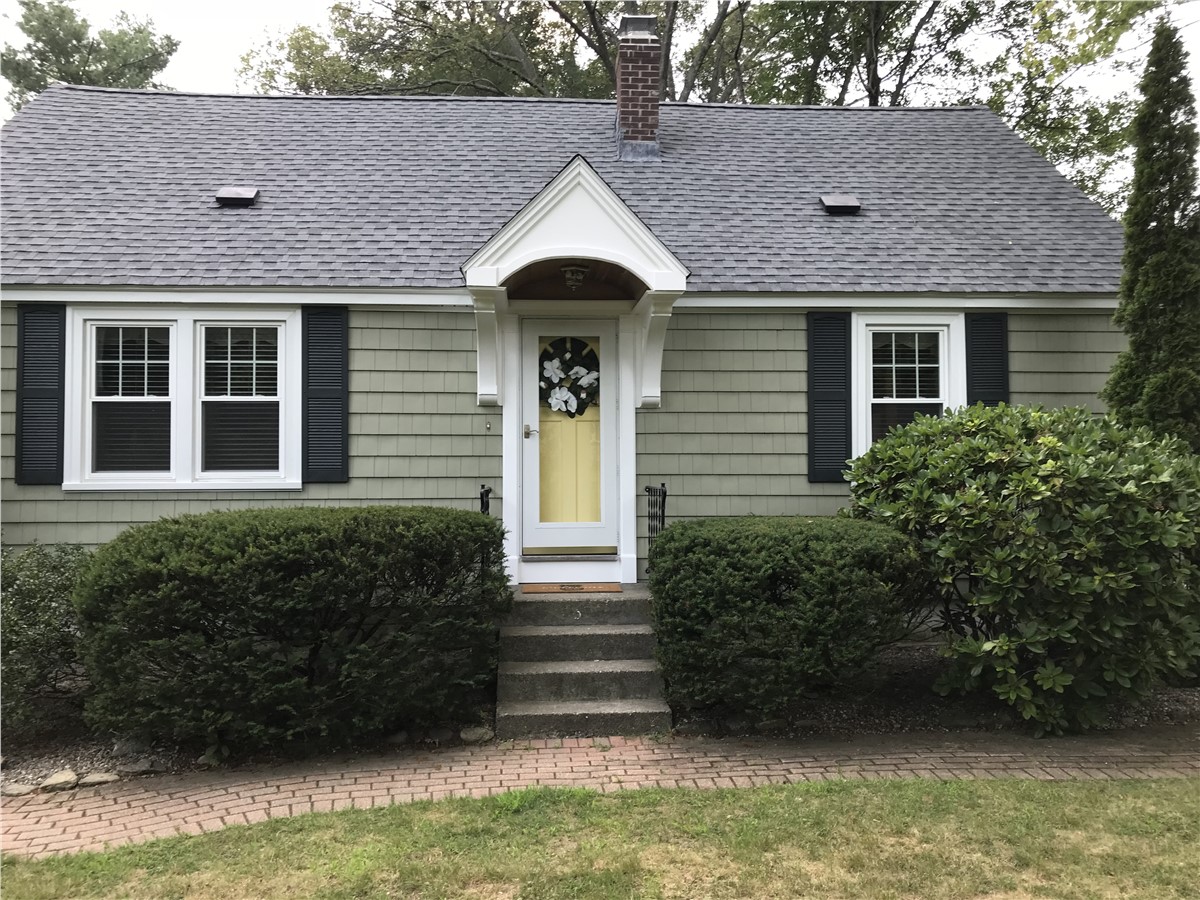
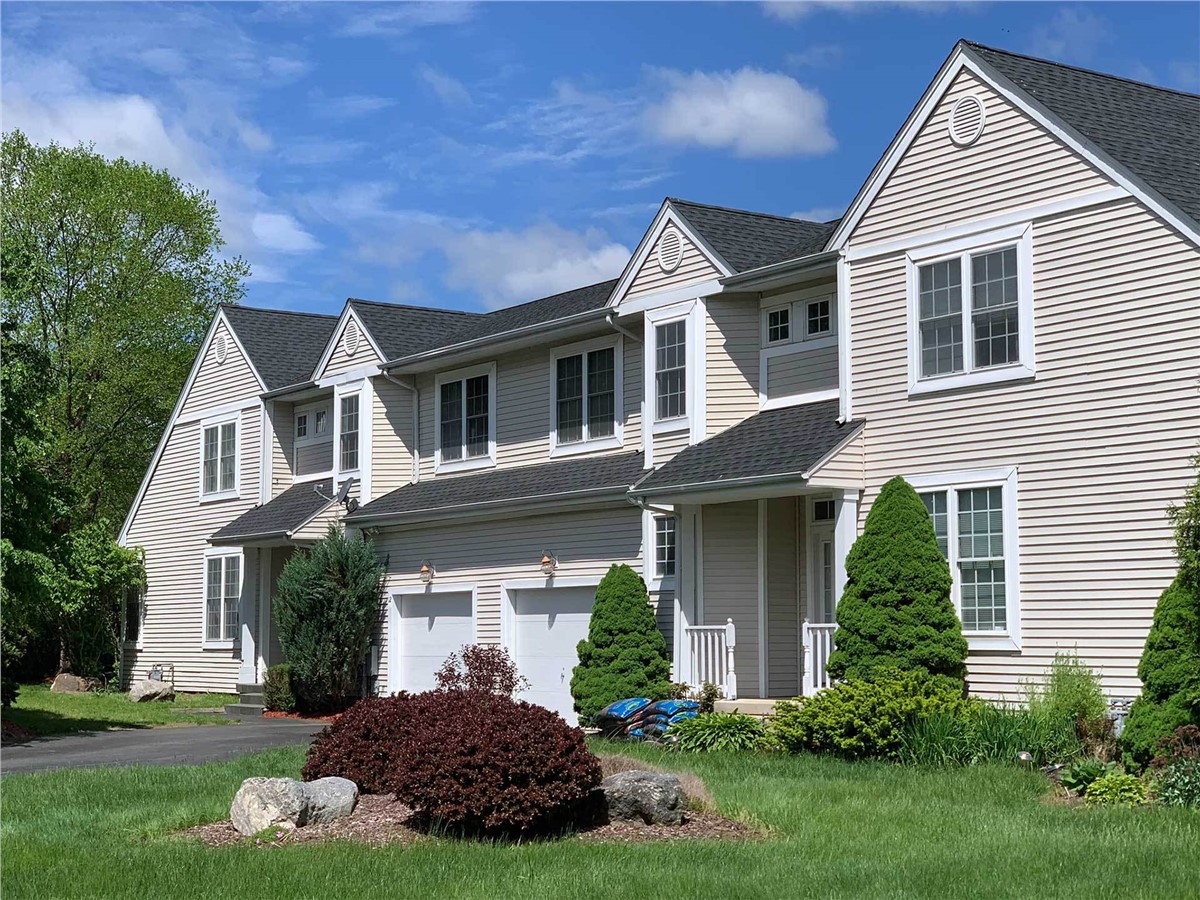
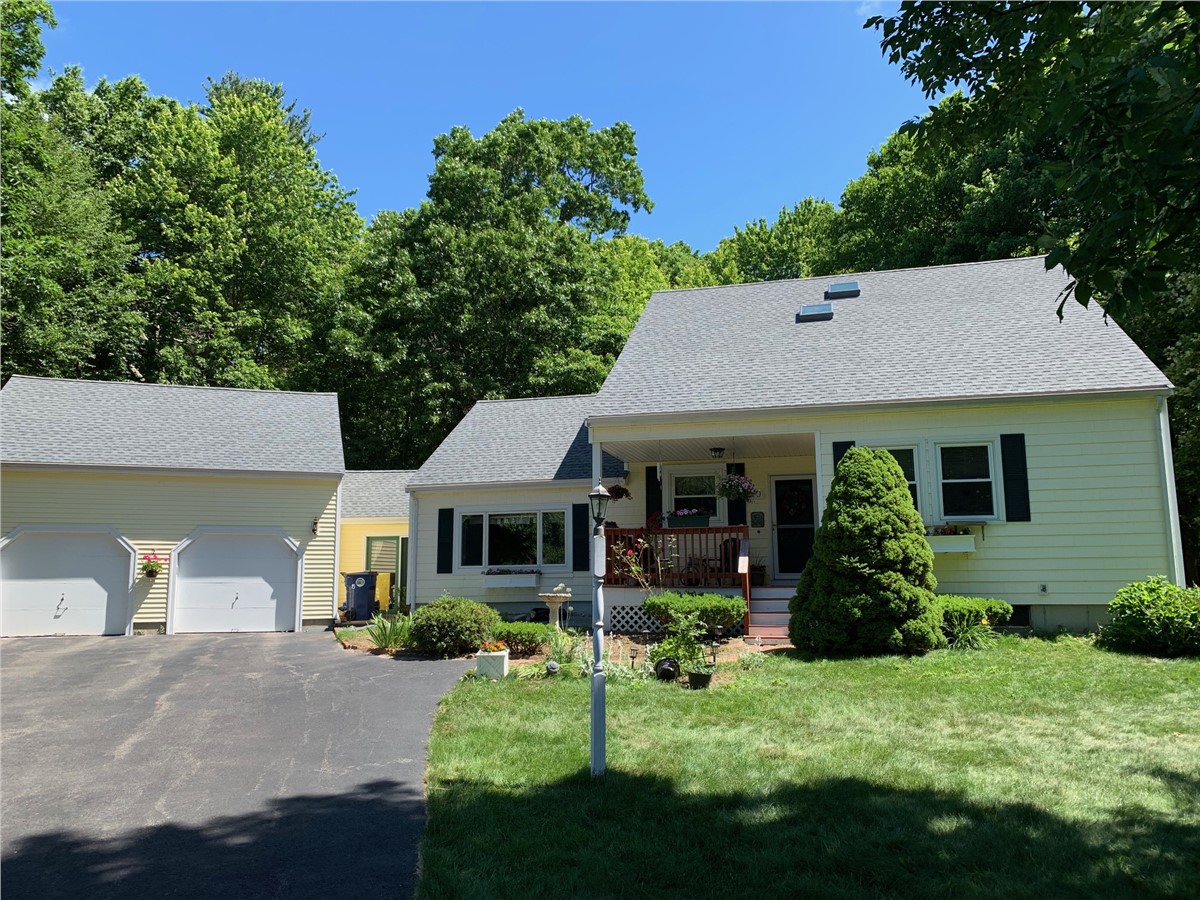


Comments